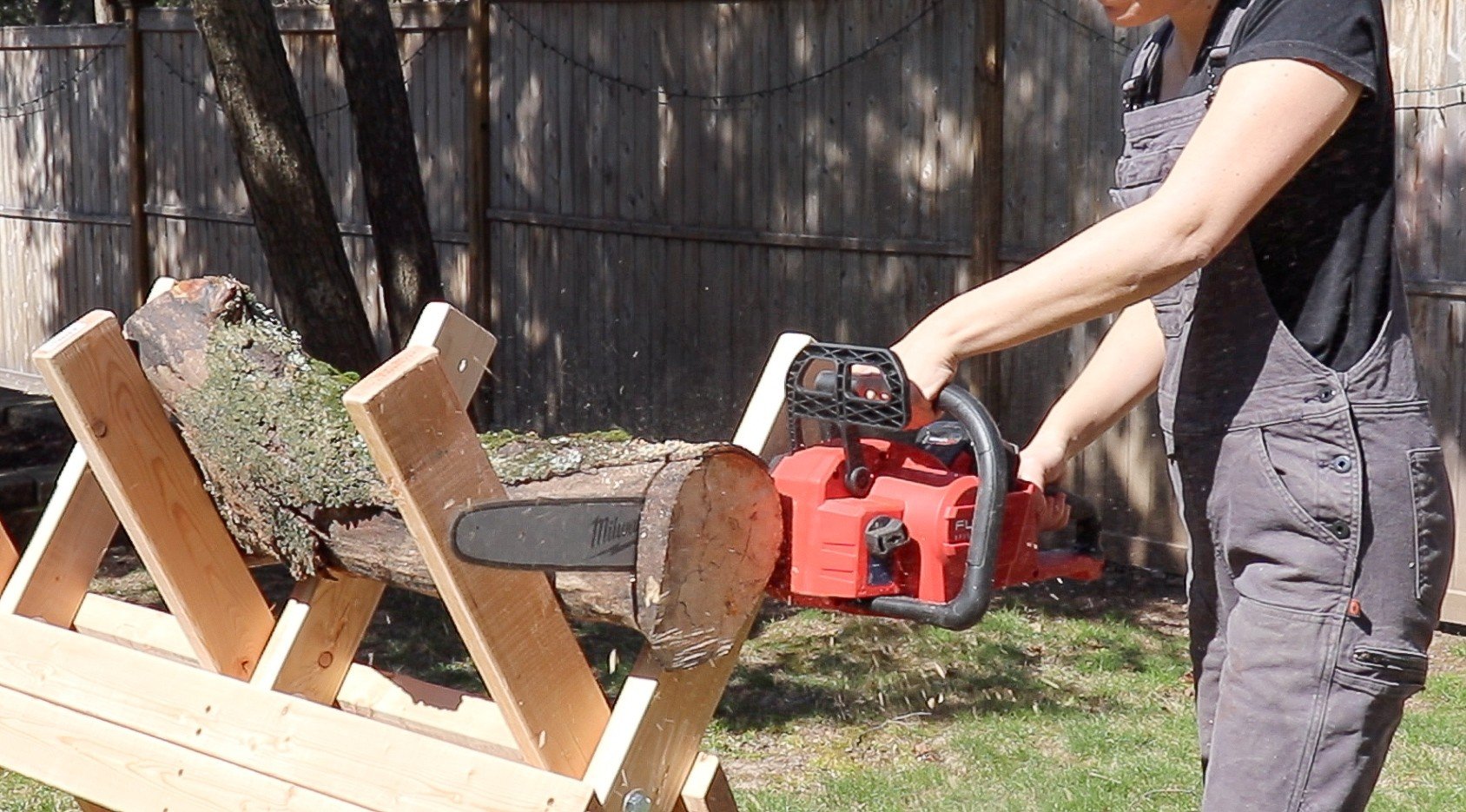When it comes to working with a chainsaw, having the right gear is crucial for ensuring your safety and effectiveness on the job. Chainsaw safety tips start long before you even pick up the saw—what you wear can make a big difference in protecting yourself from accidents and injuries. Here are some essential items you should consider having in your toolkit.
First and foremost, investing in a good pair of chainsaw-specific chaps is essential. These chaps are designed with layers of protective material that can stop the chain if it accidentally comes into contact with your legs. Whether you're cutting firewood or clearing brush, wearing chaps will provide an extra layer of security against potential cuts and abrasions. Make sure to choose a pair that fits well and is comfortable to wear, as you'll want to move freely while working.
In addition to chaps, a hard hat is a necessity whenever you are operating a chainsaw. Falling branches and debris can pose a significant risk, especially in wooded areas. A hard hat provides crucial protection for your head. Some models even come equipped with ear protection and visors, which are excellent for shielding your eyes from flying particles and your ears from the loud noise of the chainsaw.
Don't forget about gloves! A good pair of cut-resistant gloves will not only provide a better grip on your chainsaw but also protect your hands from potential cuts and scrapes. Look for gloves that are designed for chainsaw use, offering both cut resistance and durability. Lastly, sturdy steel-toed boots should be on your list—these will help protect your feet from heavy falling objects and provide the traction you need while working on uneven ground.
Correct Cutting Techniques
Another important aspect of proper cutting techniques is understanding the two primary types of cuts: the felling cut and the notch cut. The notch cut helps guide the tree in the direction you want it to fall, while the felling cut is made slightly higher than the notch cut to complete the process. Always position yourself correctly and plan your escape route before making these cuts to ensure your safety.
Additionally, be mindful of kickback—a common hazard during chainsaw operation. Kickback occurs when the chain at the tip of the bar touches an object or gets pinched. To minimize this risk, avoid cutting with the tip of the saw and always use a chainsaw equipped with a chain brake. Practicing these techniques will help reinforce the chainsaw safety tips you need to keep in mind, ensuring a safer and more enjoyable DIY experience.
Staying Aware of Your Surroundings
When operating a chainsaw, one of the most important chainsaw safety tips is to stay aware of your surroundings. Always take a moment to assess the area where you'll be working. Check for any obstacles such as trees, branches, or uneven ground that might pose a risk. Also, look up to spot any overhanging branches that could fall and cause injury while you're cutting. By understanding your environment, you can minimize potential hazards.
Additionally, it's essential to keep an eye on other individuals in the area. Clear everyone from the work zone before you start using the chainsaw. Make sure that children, pets, and other bystanders are at a safe distance, ideally at least three tree lengths away. Use visual or audible signals to communicate with anyone nearby if you're in a space where sound may not carry well.
Furthermore, environmental conditions can change quickly, so it's wise to stay alert. Watch for shifts in the weather, which could affect your visibility or the condition of the ground. If it starts to rain, for instance, the ground may become slippery, increasing the risk of accidents. Always remain vigilant, adjusting your activities as necessary to keep yourself and others safe.
Proper Chainsaw Maintenance Steps
Proper maintenance of your chainsaw is crucial not only for its longevity but also for ensuring your safety while using it. Following these chainsaw safety tips related to maintenance can help prevent accidents and keep your equipment in top shape. Start by regularly checking the chain tension. A properly tensioned chain is essential to avoid kickback and ensure smooth operation. You should be able to pull the chain away from the bar slightly, but it should not come off completely when you lift it.
Next, pay attention to the chain's sharpness. Dull chains can lead to increased strain on your saw and a higher risk of losing control. Take the time to sharpen your chainsaw blade regularly—this will make cutting more efficient and safer. When sharpening, follow the manufacturer's guidelines to achieve the correct angle and depth.
Additionally, keeping the air filter clean is vital for proper chainsaw function. A dirty air filter can block airflow, causing the engine to run poorly and even stall. Remove the filter and clean it according to the manufacturer's instructions. If it's too worn out, replace it to ensure optimal performance.
Lastly, don’t forget to check the oil levels in your chainsaw. Lubrication is key to maintaining both the chain and the engine. Make sure the oil reservoir is full before each use, and regularly inspect for leaks. By following these chainsaw safety tips, you'll not only enhance your equipment's performance but also make using your chainsaw much safer in your DIY projects.
